
Written by Kevin Kapusi Starow
Gula Melaka is one of my favourite sugars, with its rich brown colouring and caramel overtones. This ingredient is a staple of Southeast Asian cuisine, with a versatility that allows for use in sweet and savoury dishes alike. When it was first use and exactly where is up for debate though all I can say is thank goodness it was invented, as it has brought much joy and yumminess (yes I did make up a word there) to millions of people.
In this article we will explore the sticky delights of Gula Melaka, and answer as many questions about it as we can. So much so that you will be compelled to go out there and source it for yourselves.
Gula Melaka is made from the sap of the coconut, sago, or date palm, particularly found in the budding new flowers. Once extracted the sap in generally boiled to remove the excess water, which in turn thickens the liquid. It is then whipped and poured into moulds, either a small cake the size of a side plate or into sections of bamboo, to form a cylinder shape. It is then allowed, in most cases to dry into a hard block.
Colours will vary from a pale beige to a dark caramel brown, the flavours also change with the colour intensity from deep caramel to a light butterscotch, often with a hint of smoky overtones. The level of sweetness also varies between similar batches, though none of the products are ever overly sweet.
History
Gula Melaka, though you may not already be aware of it is actually a very common ingredient in South East Asian cultures, and is readily available for purchase in your common Asian grocers. Due to its dried state it is ideal for storage and transport, and have an extraordinarily long shelf life, other than being eaten as a snack by hungry mouths.
I am sure if you have an Asian grocery store near you, and I would bet that they have a cake or two of Gula Melaka. It is not an expensive ingredient so I would encourage you to grab a couple of cakes or cylinders, of varying colour and try them out at home. You will then be in a better position of how best to incorporate them into your cooking.
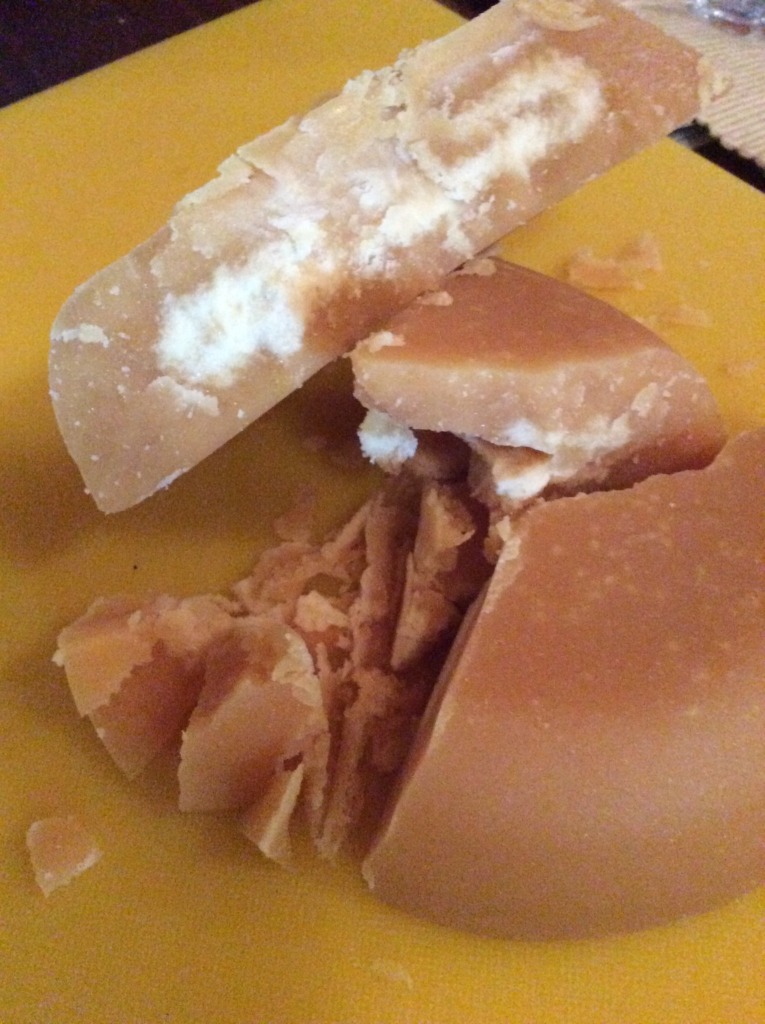
For Cooking
Referred to as Burmese chocolate it is often eaten raw, in many countries, by countless children, I am sure though predominantly so in Myanmar.
There are actually many names used for this Gula Melaka such as gur, palm sugar, palm jiggery, coconut palm sugar.
It is used in traditional salad dishes such as Som Tum (green papaya salad) to balance out the saltiness of the fish sauce, and the sting of the hot chilies. Throughout India Guka Melaka is used for many things from being an offering to the gods through to helping mothers after childbirth retain their strength. Not to mention its use in spicy dishes to help balance out the spices and heat of the chilies.
As already mentioned it is also used in many sweet dishes, in particular Gula Melaka sago pudding, a favourite throughout many Asian countries, though originating in Peranakan cuisine (Chinese/Malay)
At home you can use Gula Melaka as a substitute for white sugar in all of your cooking from savoury to sweet dishes, with the only side effect being a pleasantly yummier taste.
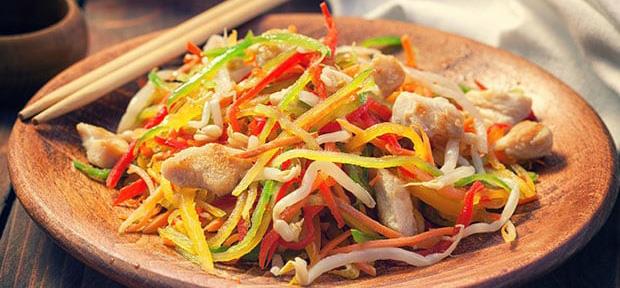
Health Benefits
Gula Melaka is considered a much healthier sugar due particular to the absence of bleaching commonly associated with white sugars. It retains many of its original mineral salts and key vitamins, minerals and phytonutrients. These include iron, potassium, vitamins B1, B2, B3 & B6 as well as zinc.
It has a low glycaemic index, meaning it has a studier energy supply making it an ideal alternative sweetener for children, whilst also being an option for diabetics. In India Gula Melaka has traditionally been used to treat many throat and lung infections.

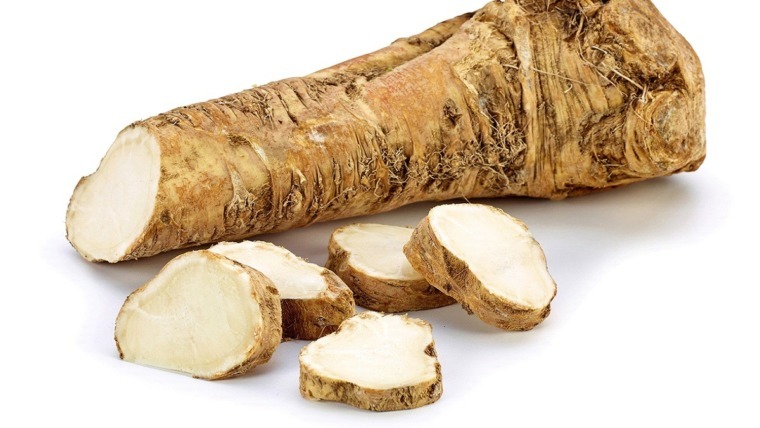
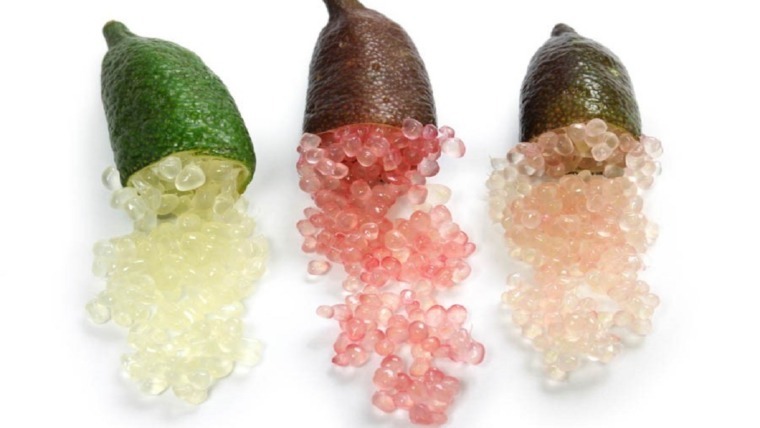
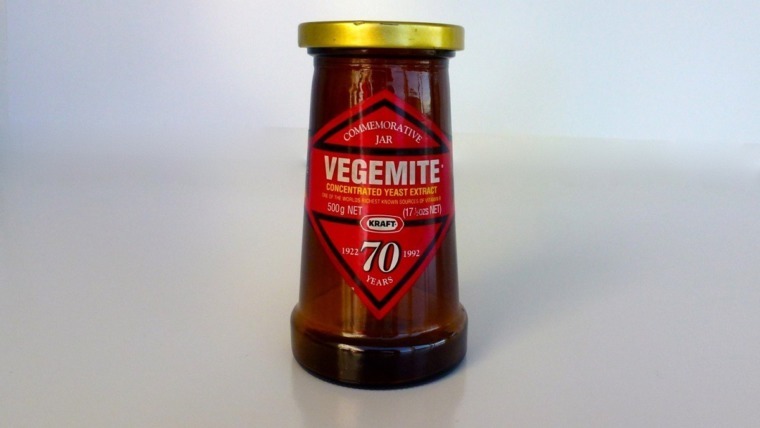
1 Comment